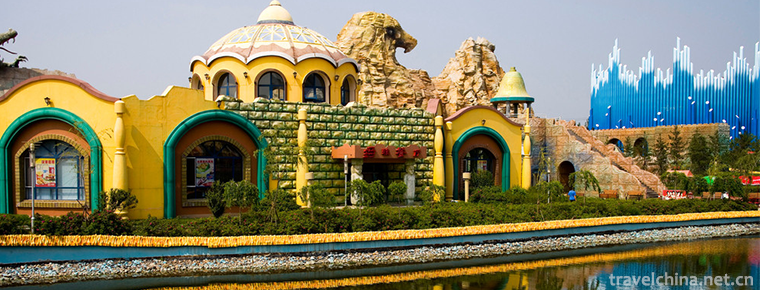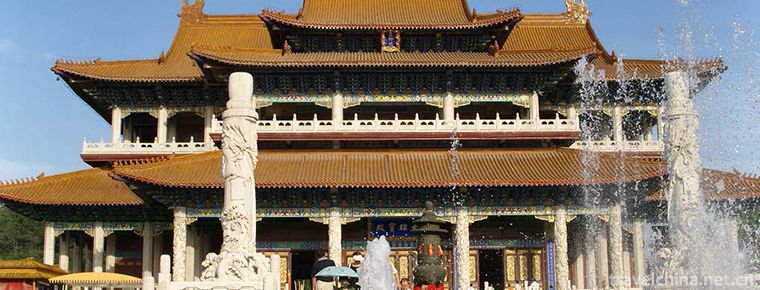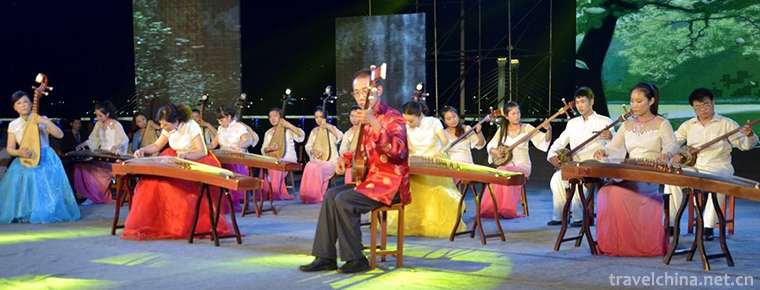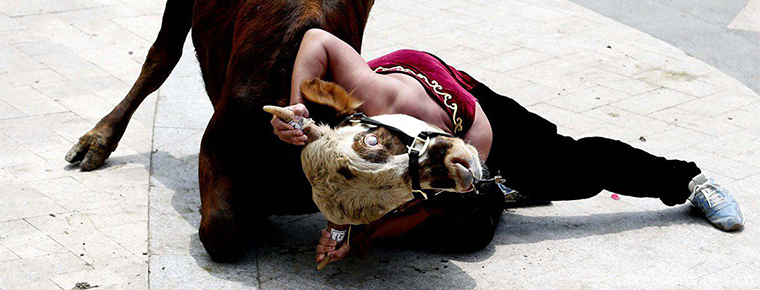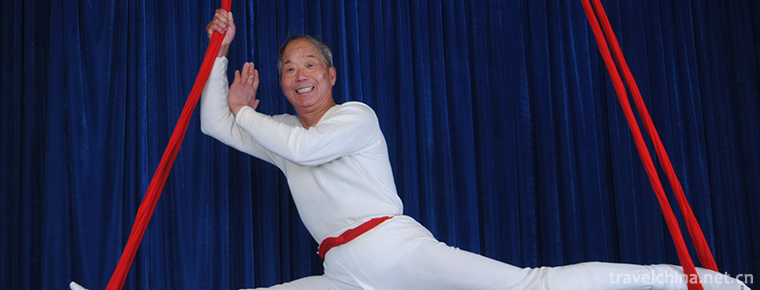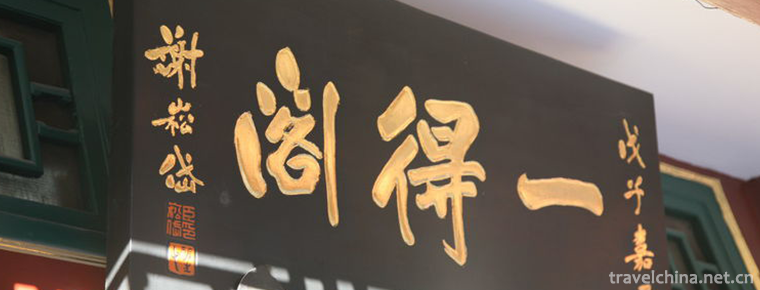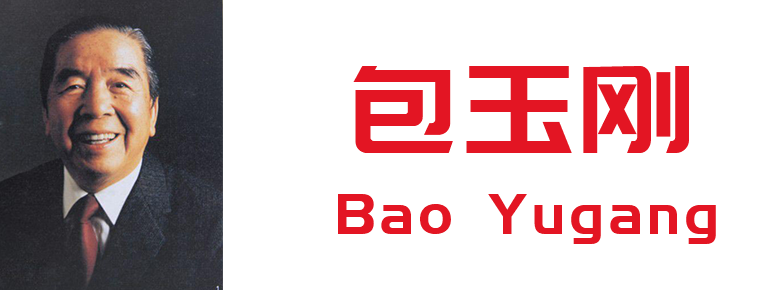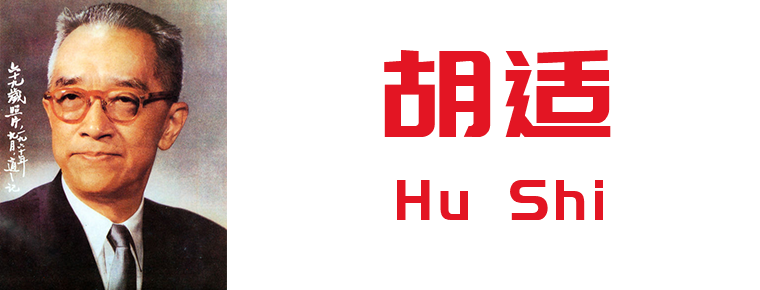Kazakh Aytes
Kazakh Aytes
Kazakh Aytes is a typical representative of Kazakh folk art, a competitive form of performance, is the most abundant content of Kazakh folk oral literature, the most influential literary type among the masses.
Its traditional programs mainly show the history, culture and feelings of the Kazakh people. From lyrics to music, they are full of strong oral literature and music culture characteristics of Kazakhstan. They have outstanding historical and cultural values. They are known as a "mirror" and "encyclopedia" which comprehensively reflect the social life of the Kazakh people and can be called the artistic treasures of the Kazakh people.
On May 20, 2006, "Kazakh Aytes" declared by Yili Kazakh Autonomous Prefecture of Xinjiang Uygur Autonomous Region was listed in the first batch of national intangible cultural heritage list with the approval of the State Council.
historical origin
Aytes has a long history, a far-reaching foundation, a wide range of social influence, strong color of the masses, distinctive national characteristics and other characteristics, but also has a strong vitality of the poetry form.
In ancient times, Aytes sometimes held large-scale festival rallies, and sometimes at ordinary wedding occasions, the Aykens sought each other's rivals for singing competitions and skills. In ancient times, there were no schools to impart knowledge, nor auditoriums to gather people, let alone radio, television, newspapers and magazines used by people since the 21st century. In addition, the Kazakh people basically live a nomadic life and live scattered. At that time, Akan and poets, who had profound knowledge, made full use of people's opportunities to attend weddings and other gatherings. By asking each other questions in the form of singing, they improvised their answers in poetry, and by this way, they imparted knowledge or expressed some opinions to people.
In history, the Kazakh people lived by water and grass and lived scattered, so it was very difficult to bring the people together. In this case, the use of wedding, Festival gatherings, anniversary ceremonies and other places where people gather to hold Akan's singing, popular with the public, and easy to accept and remember, people even after the breakup of each other's singing. While hosting guests, the host gathers the neighbors and lets the guests sing. At this time, the guests will sing the knowledge and poems they hear and recite to the people. In this way, his playing and singing will soon be sung throughout Awule. In this way, it will spread ten times and one hundred times, and soon it will spread all over the world. In the second half of the eighteenth century, knowledge playing and singing was widely spread among the people and began to play a propaganda role. In ancient times, life knowledge such as customs, etiquette greetings and Islamic teachings and precepts were propagated and disseminated through such playing and singing. Most of the most influential and high-level Aytes known in history were in the late 19th and early 20th centuries. In the process of folk collection of traditional cultural heritage, several types and forms of knowledge playing and singing have been collected. For example, "Brooks Girl and Ye Lintai's Chorus", the competition between them was about 1900. Their repertoire was widely disseminated in Ermin and Torry counties. Their heirs, Baishanhali and Shadehan, have collected their complete records.
artistic characteristics
type
Aytes'knowledge of playing and singing has continued from history to the present. In ancient times, Aytes included Bastawu Poetry (opening performance), Oman Playing and Singing (greeting poem), Praise Playing and Singing, Mountain Playing and Singing, Four Seasons Playing and Singing, Admonition Playing and Singing, Yejik Playing and Singing, Joking Playing and Singing, Fish Playing and Singing, Deliberation Playing and Singing, Knowledge Playing and Singing, Riddling Playing and Singing, etc. Class.
form
Unfixed aria and improvisation
Aytes'duet has no fixed music board or corresponding singing tune. The singer usually generates melody and rhythm from the language itself according to the content of the duet, and plays Winter Bra as his accompaniment. There are also unaccompanied solo songs without Winter Bra's accompaniment.
The lyrics of Aytes are improvised and not fixed, so the artist, Akan, is highly demanded. Aytes artists must have agile thinking and profound knowledge, export-oriented talent, insight into the world, good human relations, and be able to respond in an instant in order to convince people. It is not only the embodiment of Akan's ability to play and sing or a single musical ability, but also a comprehensive skill. It is a very complex and advanced comprehensive art that integrates the skills of improvisation, music talent, eloquence, creation, performance and so on.
Competitive style
Because of the competitive duet singing, Aytes artists usually adopt the way of self-promotion and restraint in their performance, trying to win first, with sharp language and mutual understanding, win without arrogance, lose without discouragement, win with modesty and courtesy, and lose without shame. Aytes'performances must be held in crowds, usually between artists from different tribes and regions.
Its poems and sentences are graceful, the language melody is beautiful, the characteristic is distinct, has the very strong attraction. Its forms are flexible and diverse. It is not only a form of entertainment performance, but also can spread knowledge to the people, arouse the people, stimulate their fighting spirit and master knowledge. This form of education is popular among the public, and is well received by the public.
Inheritance and protection
Aytes has a long history, profound foundation and wide social influence. It is also very popular in Kazakh countries and regions, such as Kazakhstan, Mongolia, Turkey and Uzbekistan. For example, our country's Akan won the first place in 1992 when singing with the Akans of Kazakhstan. He was unanimously praised when he came to Turkey in 1993 for a singing competition.
As a form of Aytes, knowledge playing and singing were widely used in ancient times. Especially after the spread of Islam and European new civilization to the Kazakh grassland, in order to disseminate new knowledge, doctrine and doctrine, the Akans, after learning relevant knowledge, played and sang in the form of mutual questions and answers when the people gathered. However, in Aytes after 2000, there are fewer and fewer types of common-sense singing such as "Knowledge Playing and Singing", "Riddle-guessing Playing and Singing", "Fish Playing and Singing". They are on the verge of being lost.
With the development of market economy and the diversification of cultural life, people's aesthetic needs have begun to change dramatically. The younger generation of Kazakhs is becoming more and more indifferent to Aytes. This ancient traditional art is facing the danger of extinction. It is very necessary and urgent to rescue and master this declining and even endangered form of Aytes, and to make the past serve the present and carry forward it.
The state attaches great importance to the protection of intangible cultural heritage. On May 20, 2006, the opera was approved by the State Council and listed in the first batch of national intangible cultural heritage list.
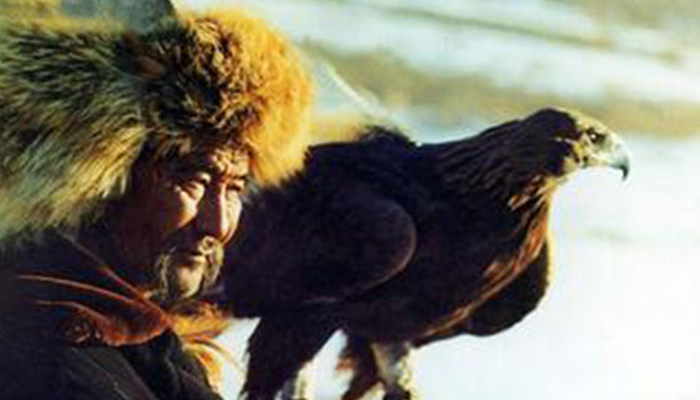
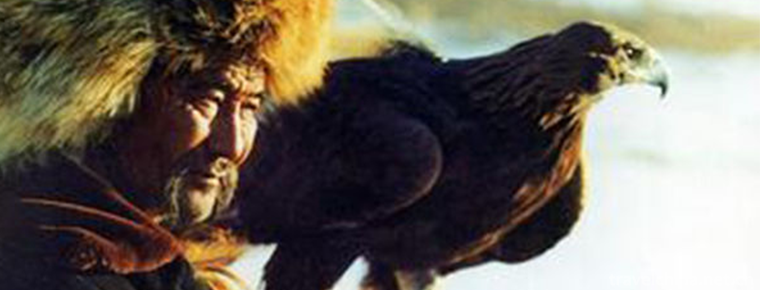
Kazakh Aytes
-
Ailao Mountain
Ailao Mountain, located in the middle of Yunnan Province, China, extends south of Yunling Mountains. It is the boundary between Yunnan-Guizhou Plateau and Hengduan Mountains. It is also the watershed
Views: 483 Time 2018-11-01 -
Changchun Movie Wonderland
Changchun Movie Wonderland, located in Nanguan District, Changchun City, Jilin Province, was founded in 2003. It is a comprehensive tourist area integrating science and technology
Views: 216 Time 2018-12-05 -
Jade Buddha Garden
Yufo Garden is a famous tourist attraction in Anshan. It is located in the core scenic area of Yufo Mountain. It covers an area of 270,000 square meters. It is surrounded by mountains on three sides a
Views: 120 Time 2019-03-06 -
Slab headed qu
Nanyang Bantou music is a unique traditional string music. Music and the Central Plains drum tunes (major tunes) with a long history complement each other. They are preludes played in solo and ensembl
Views: 220 Time 2019-04-03 -
Bullfight
Bull-wrestling is a traditional competitive sport of the Hui people. It means throwing, wrestling and throwing. It can also be called bullfighting of the Hui people.
Views: 122 Time 2019-05-01 -
Adjustment and suspension
Lifting is a unique folk sports event in Shaoxing City, Zhejiang Province. Appeared in the middle and late Qing Dynasty, the tuning and hanging actors were named "tuning and hanging" because
Views: 109 Time 2019-06-21 -
Yidege Ink Making Skills
Yidege is a local traditional handicraft in Beijing. It is well-known for producing ink. The products have bright ink, rich and light colors, fluent writing, moderate concentration, strong fragrance,
Views: 219 Time 2019-07-11 -
Bao Yugang
In early years, he entered Shanghai Zhongxing school. Wusong merchant shipping Academy 。 Drop out of school in 1937 Central Trust Bureau Hengyang office, deputy manager of Hengyang branch of China Ind
Views: 240 Time 2019-09-06 -
Hu Shi
Hu Shi (December 17, 1891 - February 24, 1962), who used the name "Xi Jiang", learned the name of Hong Kong, and later changed his name to the right word. A thinker, a writer, a philosopher.
Views: 184 Time 2019-09-07 -
Topography and geomorphology of Luzhou
Luzhou city is a typical mountainous city with 56.14% of the total land area. It is mainly composed of high mountains (500-1000 meters above sea level) and middle mountain (1000-1902 meters above sea level). Taking the middle Yangtze River Valley as the lowest center, it gradually
Views: 324 Time 2020-12-14 -
Mianyang tertiary industry
In 2019, the added value of the tertiary industry in Mianyang will increase by 9.4%, 0.9 percentage points higher than the average level of the whole province. Among them, the added value of wholesale and retail industry increased by 9.5%, transportation
Views: 344 Time 2020-12-14 -
Guangyuan climate
Guangyuan City belongs to subtropical humid monsoon climate; it is located in the southern foot of Qinling Mountains, which is a transition zone between North and south. It has the characteristics of humid climate in the South and the characteristics of high sky
Views: 344 Time 2020-12-15

